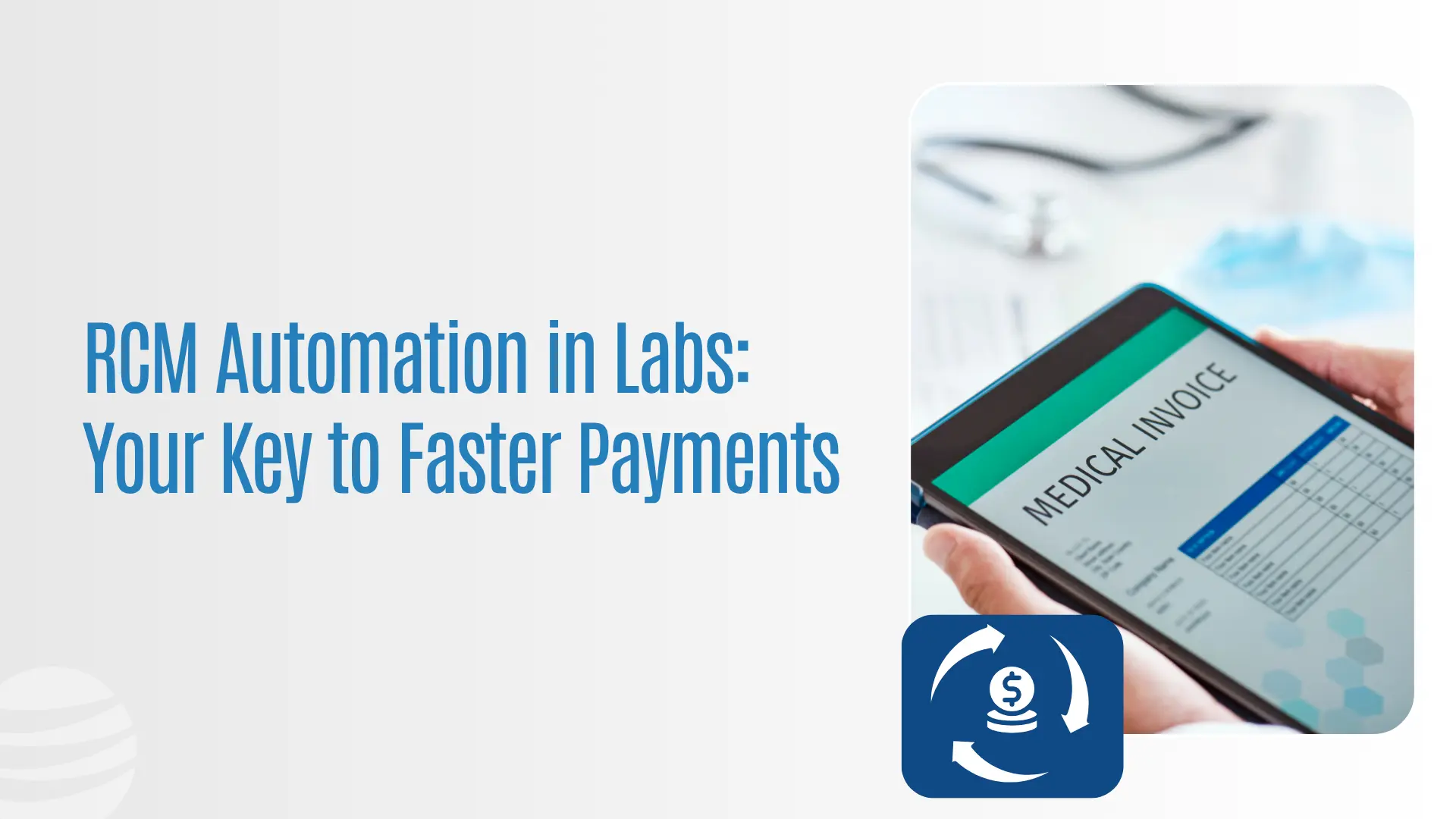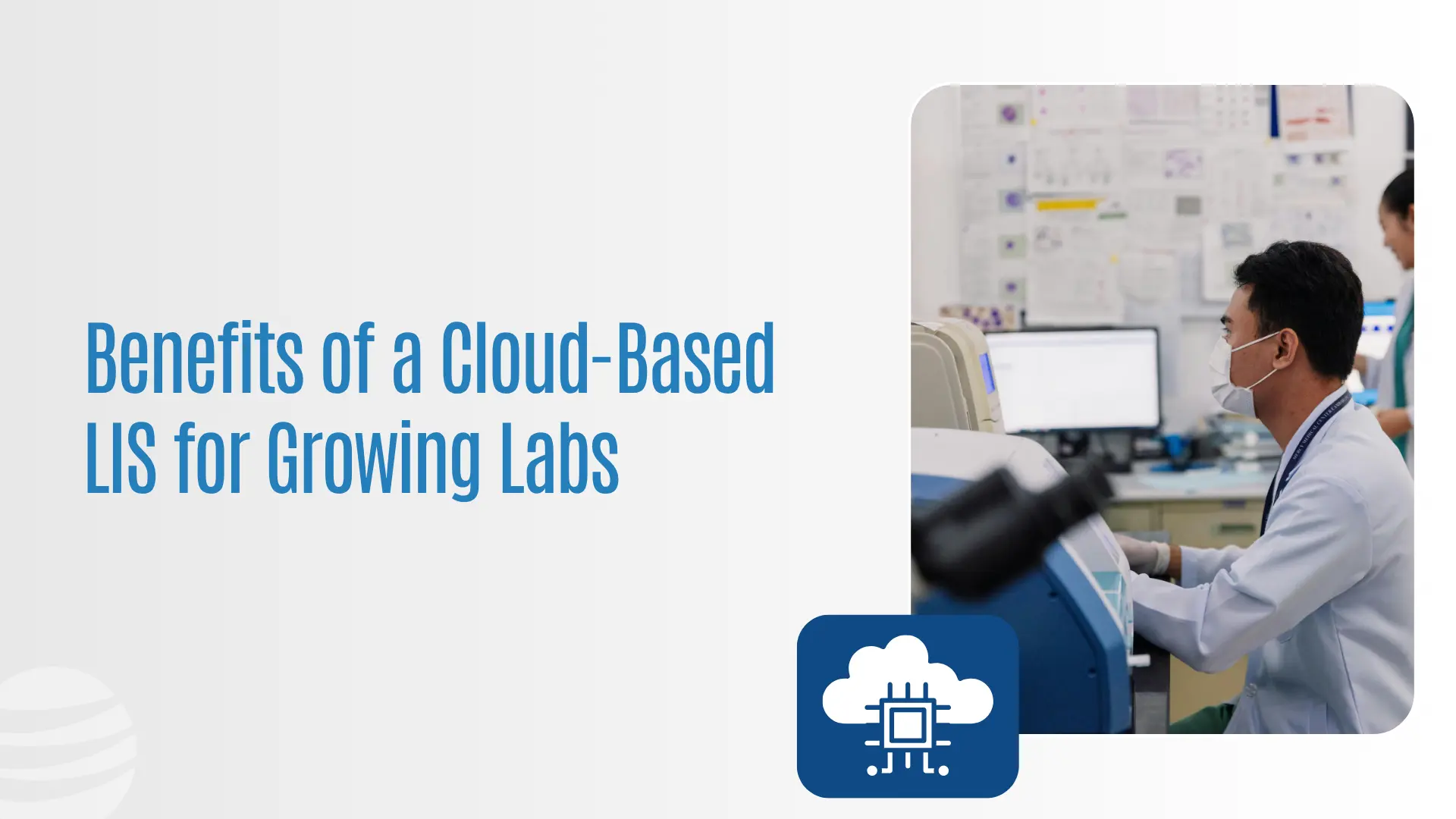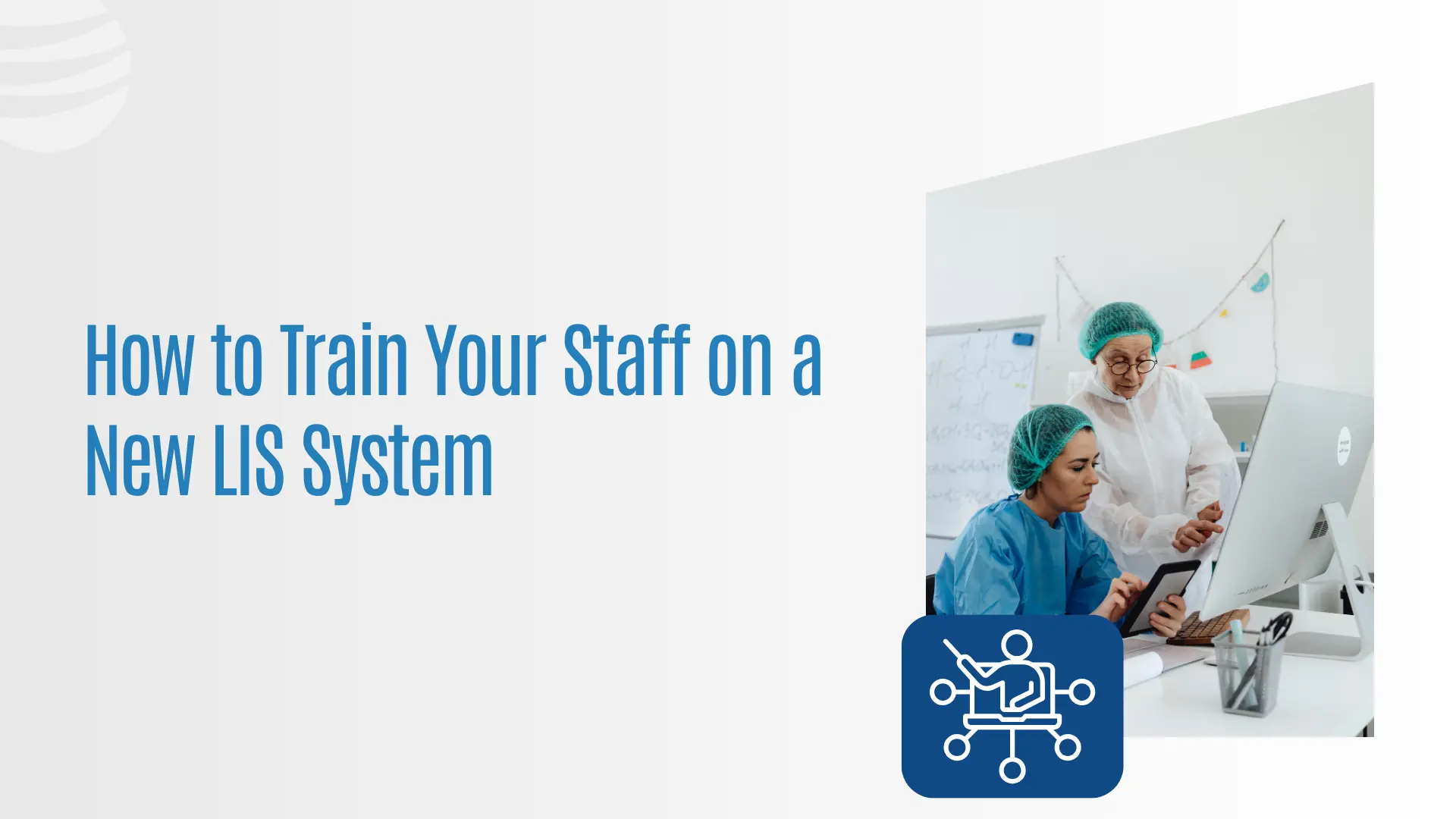
RCM Automation in Labs: Your Key to Faster Payments
RCM Automation in Labs: Your Key to Faster Payments The Financial Pulse of Every Laboratory Every laboratory runs on two cycles the testing cycle and the payment

Key Factors to consider when deciding which system is best for your laboratory
A Laboratory Information Management System, or LIMS, is a software application designed to track and manage data generated in scientific laboratories. Typically, LIMS is used to track samples, track experiments and results, and manage laboratory equipment and supplies. LIMS provides a central repository for laboratory data, which can be accessed and shared by authorized users. Additionally, LIMS can automate repetitive tasks such as sample tracking and data entry, which reduces the chance of errors and saves time. In recent years, LIMS has become an essential tool for many scientific laboratories, allowing them to operate more efficiently and effectively.

There are many benefits to using a LIMS, including:

There are two main types of LIMS:

The key features of a LIMS vary depending on the specific needs of the laboratory, but typically include:

The cost of a LIMS depends on the specific needs of the laboratory and the features included in the system. Generally, LIMS systems range in cost from a few thousand dollars to several hundred thousand dollars.

When choosing a LIMS for your laboratory, it is important to consider the specific needs of the laboratory and the features that are most important. Additionally, it is important to compare the costs of different LIMS systems and choose a system that is within your budget. Finally, it is also important to consult with other laboratories to get their opinions on different LIMS systems.

A LIMS, or laboratory information management system, is a software solution that helps laboratories to run more efficiently and effectively. A LIMS provides a central database for storing and managing data, and it enables laboratories to automate many of their processes. As a result, a LIMS can help to improve the accuracy of data, reduce the need for manual input, and increase the efficiency of laboratory operations. In addition, a LIMS can help to ensure compliance with regulatory requirements. By automating processes and providing a central repository for data, a LIMS can help laboratories to run more efficiently and effectively.

The use of a LIMS, or Laboratory Information Management System, in a laboratory setting can provide a number of benefits. First and foremost, it can help to improve efficiency by automating many of the tasks associated with managing laboratory data. In addition, it can help to ensure accuracy by providing a central repository for all data and eliminating the need for manual data entry. Furthermore, it can help to improve compliance with regulatory requirements by providing an auditable trail of all laboratory activity. Ultimately, the use of a LIMS can help to improve the overall quality of laboratory operations.

No, a LIMS is not the same as an ELN or LIS. An ELN, or electronic laboratory notebook, is a software solution that helps laboratories to manage their data electronically. An LIS, or laboratory information system, is a software solution that helps laboratories to manage their operations and data. Both ELN and LIS systems can be used in conjunction with a LIMS, but they are not the same as a LIMS.

Cloud-based LIMS solutions are those that are hosted on a remote server and accessed via the internet. Cloud-based LIMS solutions offer a number of advantages, including the ability to access the system from anywhere in the world and the ability to scale up or down as needed. Additionally, cloud-based LIMS solutions often have lower upfront costs than traditional on-premise LIMS solutions.

As with any software system, there are potential drawbacks to using a LIMS in a laboratory setting. One possible drawback is that the system can be complex and user-friendly, making it difficult for new users to learn how to use all of the features. Additionally, LIMS systems can be expensive, and they require regular maintenance and updates. Another potential drawback is that LIMS systems can be inflexible, meaning that they might not be able to accommodate the specific needs of a particular laboratory. Finally, some LIMS systems do not have the capability to interface with other software systems, which can limit their usefulness. Despite these potential drawbacks, LIMS systems offer many benefits that make them essential for modern laboratories. When properly implemented, a LIMS system can improve efficiency, accuracy, and compliance in any laboratory setting.

How can you decide if a LIMS is the right choice for your laboratory needs? There are numerous factors to consider when making this decision, including the size and complexity of your operations, the types of samples you work with, and your budget. One key considerations is whether you need a comprehensive solution that can handle all aspects of your workflow or a more simplified system that can be easily customized to meet your specific needs. Another important factor is compatibility; you’ll need to make sure that the LIMS you choose can integrate with the other software and hardware systems in your laboratory. With so many options on the market, it’s important to carefully consider all of these factors before making a decision.

Ultimately, the right LIMS for your laboratory will be the one that best meets your specific needs and requirements. By taking the time to carefully assess your needs and compare the options on the market, you can be sure to find the perfect LIMS for your laboratory.
When choosing a LIMS (laboratory information management system) vendor or provider, it is important to consider a few key factors. First, you will want to make sure that the vendor has a good reputation and is able to provide references from satisfied customers. Second, you should verify that the vendor has experience with the type of LIMS you are interested in and that they offer support for your specific needs. Third, you will want to confirm that the vendor has a robust customer support infrastructure in place, so that you can be confident that any issues you encounter will be quickly addressed. By taking the time to verify these key details, you can be sure that you are choosing a reputable and qualified LIMS vendor or provider.

A LIMS can be a valuable tool for laboratories, helping them to run more efficiently and effectively. By understanding the benefits of using a LIMS in a laboratory setting, you can make an informed decision about whether or not this type of system is right for your needs. When choosing a LIMS vendor/provider, it is important to consider all of your options and find one that meets your specific needs. With so many qualified vendors on the market, you can be sure to find a LIMS system that will help your laboratory run more smoothly.

RCM Automation in Labs: Your Key to Faster Payments The Financial Pulse of Every Laboratory Every laboratory runs on two cycles the testing cycle and the payment

Hidden Benefits of a Cloud-Based LIS for Growing Labs Scaling Without Limits For growing laboratories, expansion is both an opportunity and a challenge. As testing

How to Train Your Staff on a New LIS Without Disrupting Workflow Change Without Chaos Implementing a new Laboratory Information System (LIS) can transform your operations
Prolis is a Laboratory Information System (LIS) for streamlining, automating, and improving lab processes. Our powerful LIS system helps you manage large-volume lab data while adhering to strict standards, helping to reduce manual operations and improve efficiency and turnaround times. Prolis lab software can help you maximize productivity, reduce errors and improve quality control.
© 2025 Prolis. All rights reserved.
Powered by American Soft. Solutions Corp.